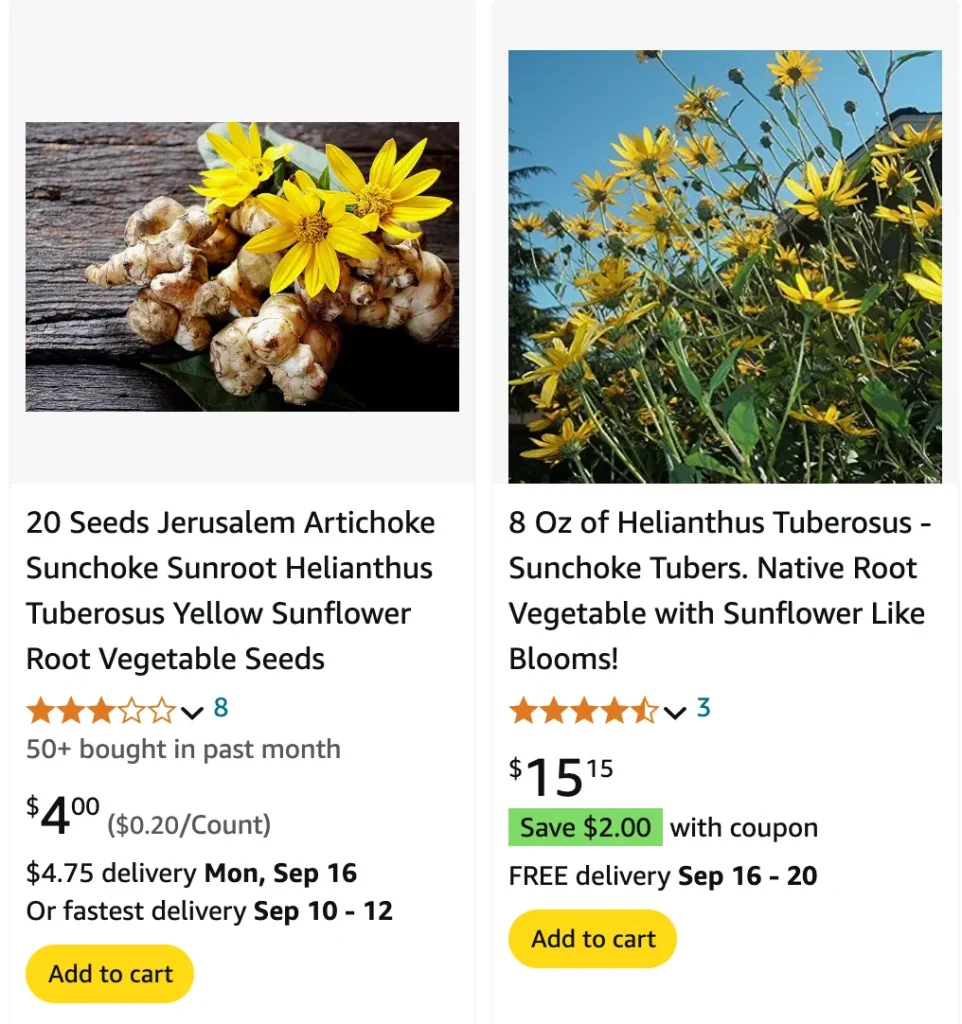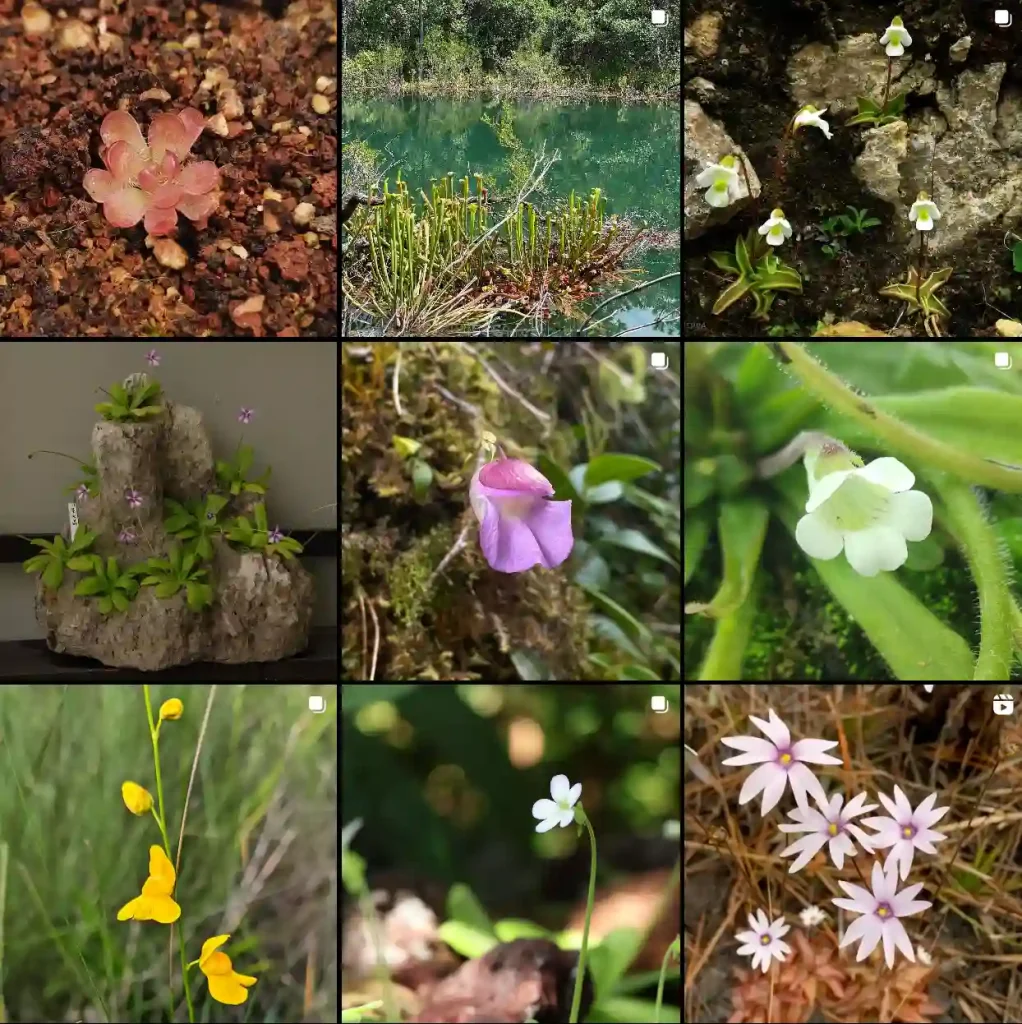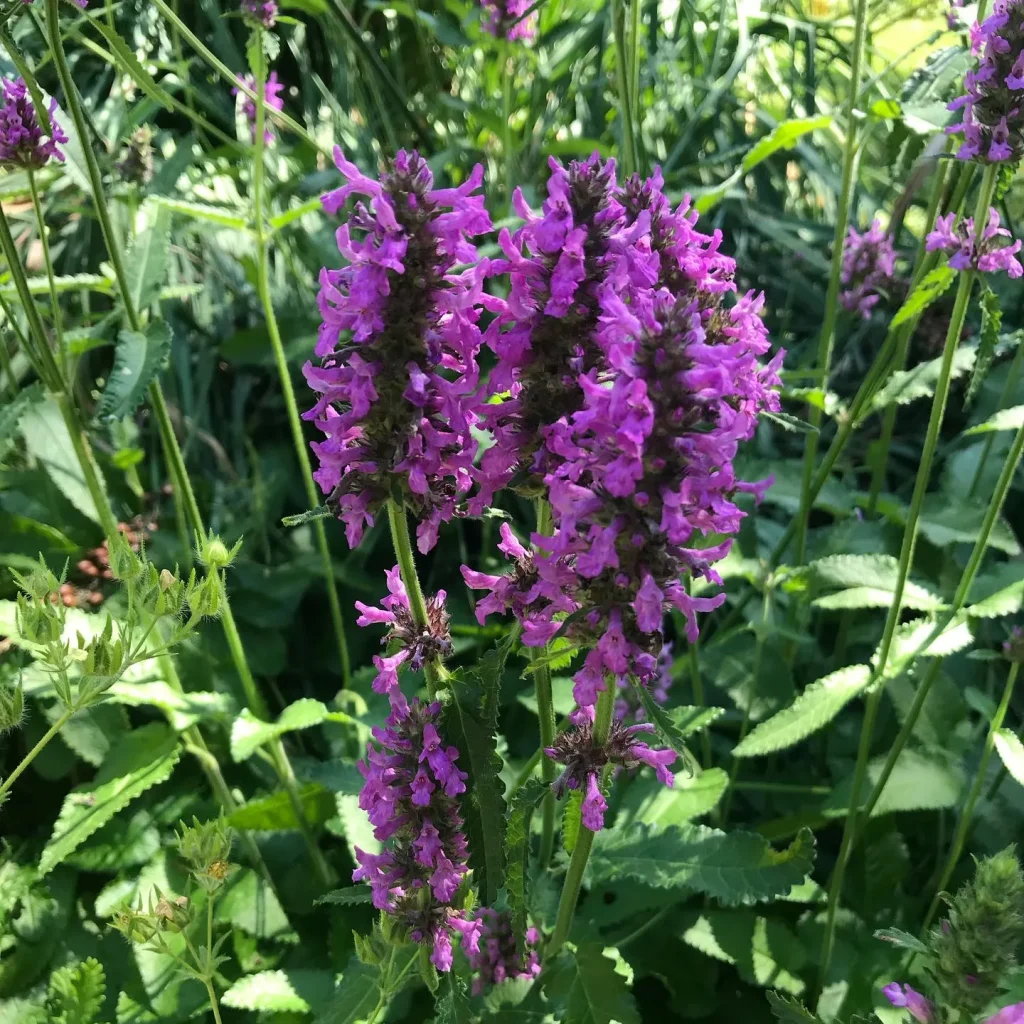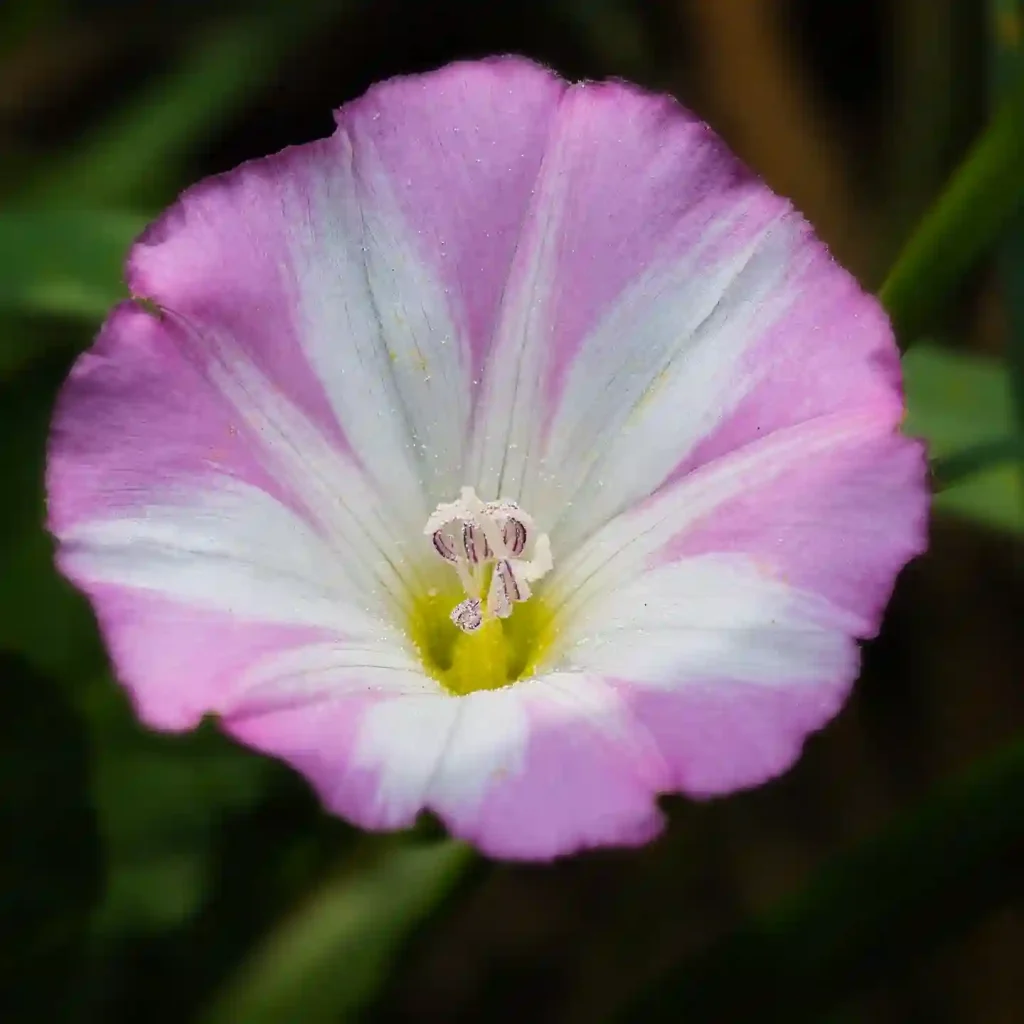
What Is Helianthus Tuberosus?
Helianthus Tuberosus, also known as Jerusalem Artichoke or Sunchoke, is a perennial plant belonging to the sunflower family. It is primarily grown for its edible tubers, which have a nutty, sweet flavor similar to artichokes or water chestnuts. This plant can reach heights of 6 to 10 feet, producing bright yellow flowers in late summer to early fall. While it’s often associated with its culinary use, Helianthus Tuberosus also has ornamental value in gardens due to its tall, sunflower-like appearance.
66 Species in Genus Helianthus
How to Plant Helianthus Tuberosus?
Planting Helianthus Tuberosus is simple and rewarding, especially if you’re looking for a low-maintenance crop. The best time to plant is in early spring, after the last frost. Start by selecting a location with full sun exposure, as these plants thrive in bright light. The soil should be well-draining and loose, but this plant is adaptable and can tolerate a variety of soil types.
Here’s a step-by-step guide to planting:
- Prepare the Soil: Loosen the soil to a depth of about 12 inches. Add compost or organic matter to improve nutrient content.
- Plant the Tubers: Space the tubers about 12-18 inches apart and plant them 4-6 inches deep. If you want a dense stand, you can space them closer together, but allow room for their spread.
- Watering: Water the tubers well after planting, and keep the soil consistently moist until they sprout. Once established, they are drought-tolerant but benefit from regular watering.
How to Care for Helianthus Tuberosus?
Caring for Helianthus Tuberosus is relatively easy. This plant is hardy and can tolerate a variety of conditions, but there are some key tips to ensure a healthy crop.
- Watering: While the plants are young, keep the soil moist. Once they are established, you can water them less frequently. Overwatering can lead to rot in the tubers, so ensure proper drainage.
- Fertilization: These plants generally don’t require heavy feeding. However, adding compost at the time of planting or using a balanced fertilizer in the early growing season will promote healthy growth.
- Pruning: Regular pruning isn’t necessary, but you can trim the plants if they become too tall or unwieldy.
- Pests and Diseases: Helianthus Tuberosus is relatively resistant to pests and diseases. However, be mindful of aphids or slugs that might be attracted to the leaves.
Where to Buy Helianthus Tuberosus?
You can find Helianthus Tuberosus tubers at many garden centers, nurseries, or online retailers specializing in organic or heirloom plants. Many online gardening stores offer tubers for planting, especially in early spring. Some farmers’ markets may also carry them during the growing season. When purchasing, make sure the tubers are firm and free from any visible signs of mold or rot.
How to Propagate Helianthus Tuberosus?
Helianthus Tuberosus can be easily propagated by dividing the tubers. In fact, it naturally spreads underground, so you’ll often find more tubers than you originally planted.
Here’s how to propagate:
- Dig up the Tubers: After the first frost in fall, dig up the tubers carefully.
- Select Healthy Tubers: Choose firm, healthy tubers for replanting or sharing with friends.
- Replant or Store: If you’re not replanting immediately, store the tubers in a cool, dry place until the next planting season.
Can You Grow Helianthus Tuberosus Indoors?
While it’s technically possible to grow Helianthus Tuberosus indoors, it’s not ideal. The plant grows tall and requires a lot of space, sunlight, and well-draining soil. If you want to try, you’ll need a deep container, a sunny spot, and regular watering. However, it’s best suited for outdoor cultivation, where it can reach its full potential.
Is Helianthus Tuberosus Toxic?
Helianthus Tuberosus is not toxic and is safe for both humans and pets. Its tubers are edible and are often used in cooking. However, some people may experience digestive discomfort if they consume large quantities, as the tubers contain inulin, a type of fiber that can cause gas.
What to Plant with Helianthus Tuberosus?
Helianthus Tuberosus pairs well with other tall, sun-loving plants. Consider planting them alongside sunflowers, corn, or other tall ornamentals. The plant can be aggressive in its spread, so avoid planting it near smaller, delicate plants that might be overtaken. Additionally, it works well as a natural windbreak or to create privacy in a garden.
Benefits of Growing Helianthus Tuberosus
There are several benefits to growing Helianthus Tuberosus:
- Edible Tubers: The primary reason for growing this plant is its delicious tubers, which can be roasted, sautéed, or used in soups.
- Low Maintenance: Once established, Helianthus Tuberosus is drought-tolerant and resistant to most pests and diseases.
- Attracts Pollinators: The bright yellow flowers attract bees, butterflies, and other beneficial pollinators to your garden.
- Soil Improvement: The plant’s deep roots help to break up compacted soil, improving drainage and soil health over time.
Common Problems with Helianthus Tuberosus
Though easy to grow, there are some issues to watch out for:
- Invasive Growth: Helianthus Tuberosus can spread quickly if not managed properly. Be prepared to thin the plants annually or grow them in a contained area.
- Tubers Rotting: If the soil is too wet, tubers can rot. Make sure to plant in well-draining soil and avoid overwatering.
- Pests: While relatively pest-resistant, aphids and slugs may target the foliage, especially in damp conditions.
Comparing Helianthus Tuberosus with Similar Plants
Helianthus Tuberosus is often confused with other sunflower species. However, unlike common sunflowers, the tubers of Helianthus Tuberosus are edible. It also differs from artichokes, despite the name “Jerusalem Artichoke,” as it’s not related to the globe artichoke. Helianthus Tuberosus is more similar in growth habit to other members of the sunflower family, but its tubers set it apart.
In conclusion, Helianthus Tuberosus is a versatile and rewarding plant for both gardeners and food lovers. Whether you’re planting it for its tubers or as a decorative tall perennial, it’s a plant that’s easy to grow and care for, provided you give it the space and sunlight it needs.
If i die, water my plants!



